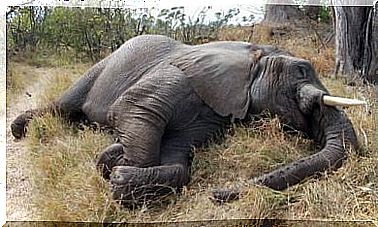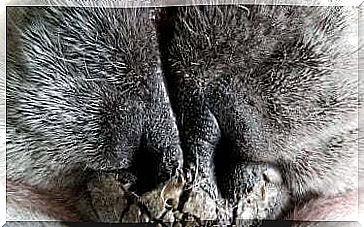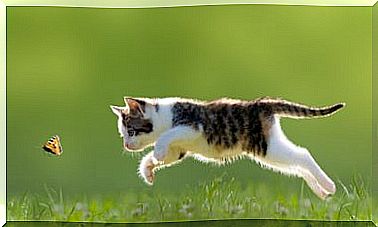A Chinchilla As A Pet: Advice And Care

Having a chinchilla as a pet is more and more common. These rodents have been able to win the hearts of countless people, and it is increasingly common to meet people interested in getting a chinchilla indoors. Today we will explain the secrets to keeping one.
Cages for keeping a chinchilla indoors
While not the best choice, most chinchilla owners choose to keep the animal in a cage. Their quality of life can be dignified even with such a solution, however the best thing would be to recreate its natural habitat with an adapted installation or room.
Since not everyone can afford this possibility, on the market it is possible to buy cages of various sizes and with several floors, in which the animal can live well. The bigger the cage, the better – make sure it is at least half a meter deep and over a meter high.
It is important for the animal to have a litter box and items to gnaw on, such as pumice stone or wooden toys. As with other wild animals, especially nocturnal ones such as the chinchilla, make sure to respect its circadian rhythms and keep in mind that it may be more active at night than during the day. For this it is recommended to keep it in a room free from confusion and illuminated with natural light.
Sand baths for chinchillas
Chinchillas possess an enormous amount of hair that grows from each pore, making theirs one of the thickest coats in nature. In their best state, chinchillas take care of their fur using volcanic rock, but in the case of domestic specimens, you will have to resort to sand baths.
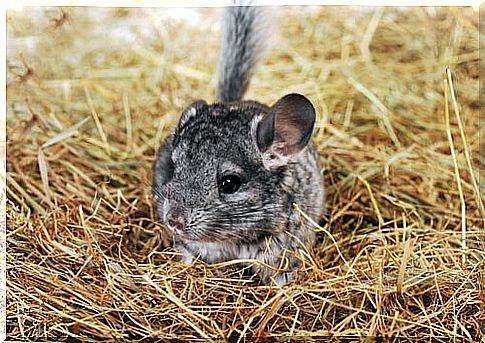
The ideal is to get a shallow tray to fill with sand specially designed for chinchillas in which they can roll every day; it will also be a way of reproducing one of the animal’s natural and wild behaviors.
Health of the chinchilla
Although chinchillas are not prone to particularly frequent diseases, heatstroke can be a major concern to be aware of. To avoid them it is important to follow the recommendations regarding the temperature of their room and to keep the cage in a ventilated area.
The perennial growth of the teeth is a characteristic that all rodents have in common and that must be prevented with hay, with wooden toys and pumice stone and with other objects that the animal can gnaw. If left unchecked, their overgrowth could lead to surgery. It is also advisable to check for parasites and follow nutritional recommendations, to avoid any digestive problems.
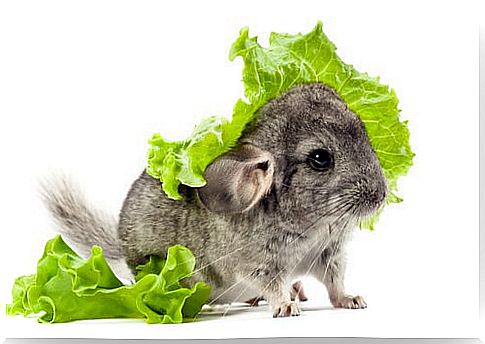
Feeding the chinchilla
Their diet is based on forages such as hay or alfalfa, as well as a small percentage of special feed for these rodents. To enrich their diet, they can also be given nuts, fruits and vegetables, but only occasionally.
Normally the cage must be supplied with hay and water always available, the latter through a classic rodent drinking trough.


